Say ‘camper van’, and most people’s thoughts turn to the iconic Volkswagen Type 2 Transporter. Built from 1951 – and so designated because the VW Beetle was ‘Type 1’ – the soft-cornered van was the brainchild of Dutch Volkswagen importer, Ben Pon. He saw the potential in a small commercial vehicle that shared a similar mechanical make-up to the bug-shaped passenger car. Now affectionately referred to as the ‘Splitty’ due to its split windscreen, this practical VW proved extremely popular.
Available in a bewildering range of variants, the first-generation ‘T1’ Type 2 was replaced in late 1967 by a facelifted version, the Type 2 ‘Bay Window’, so-called because of its one-piece panoramic windscreen. While the overall style hadn’t changed, the front end was more modern than that of the T1. It was produced in Europe for 12 years before the angular, third-generation ‘T3/T25’ arrived in 1979.
Official or third-party campervan conversions have been part of the Volkswagen Transporter range since 1951, with exotic-sounding names such as Moonraker, Sunlander and Sundowner. The last Type 2s were manufactured in Brazil during 2013. We’re driving the late ‘Bay Window’ Type 2 owned by Happy Campers, a Volkswagen camper van rental company based in Essex.
What are its rivals?
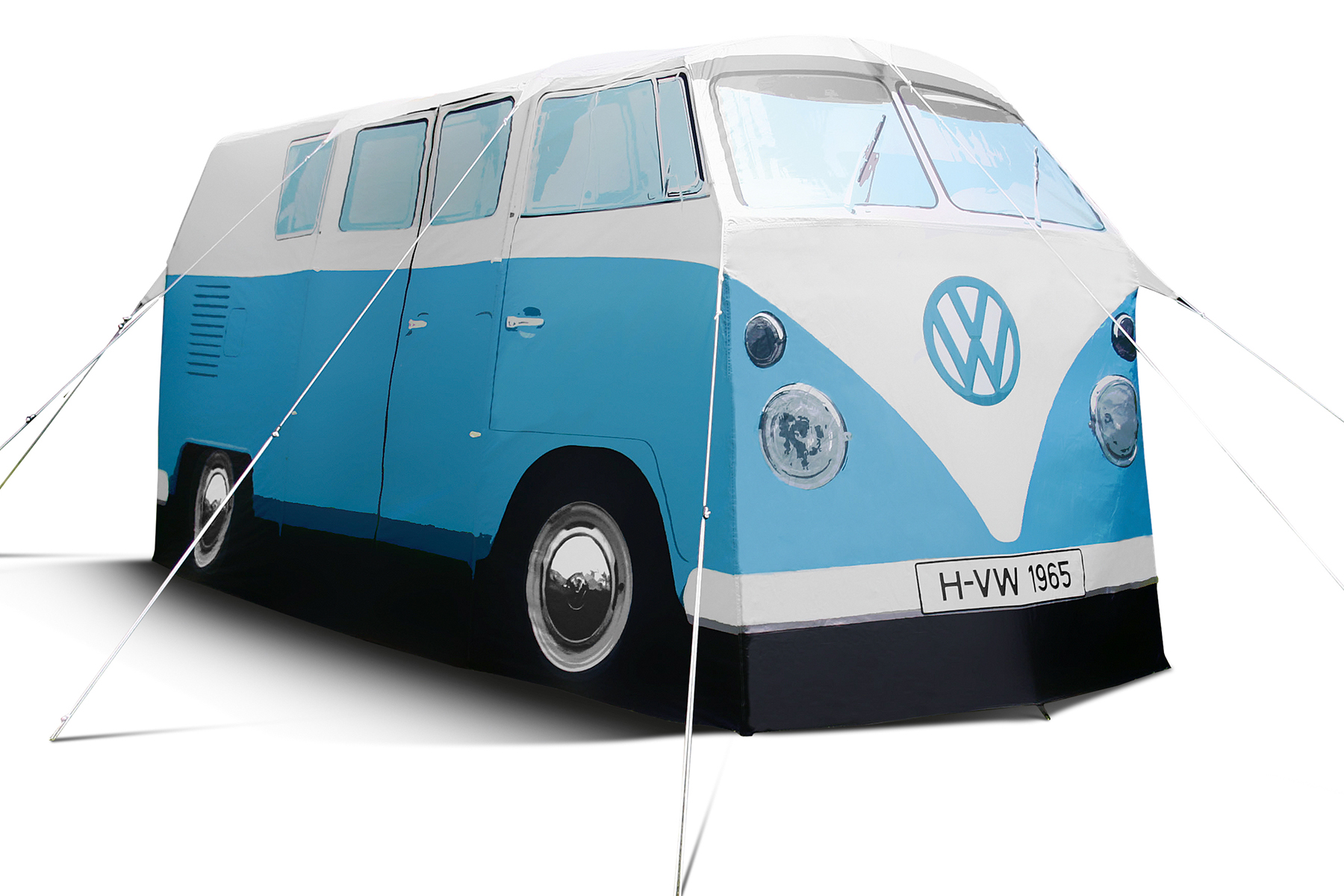
Perhaps most obviously in the UK, the Ford Transit provided homegrown competition for the light commercial VW during the 1960s, with Dormobile conversions of both the Transit and Bedford CA van going bumper-to-bumper with their new German rival in the camper van marketplace. Nowadays, while a brand new Volkswagen California might offer all the glamping luxuries its £60,000+ price affords, a Type 2 offers retro chic, if not much warmth on a dark winter night.
For that true camping experience, you could always opt for one of Volkswagen’s Type 2-shaped tents, which are similar in size to the actual van. Or, for the price of a good-condition Bay Window Type 2, a whole heap of nights in a warm Travelodge or even a weekend in the Royal Two Bedroom Suite during high season at the Burj Al Arab Jumeirah hotel in Dubai.
What engine does it use?
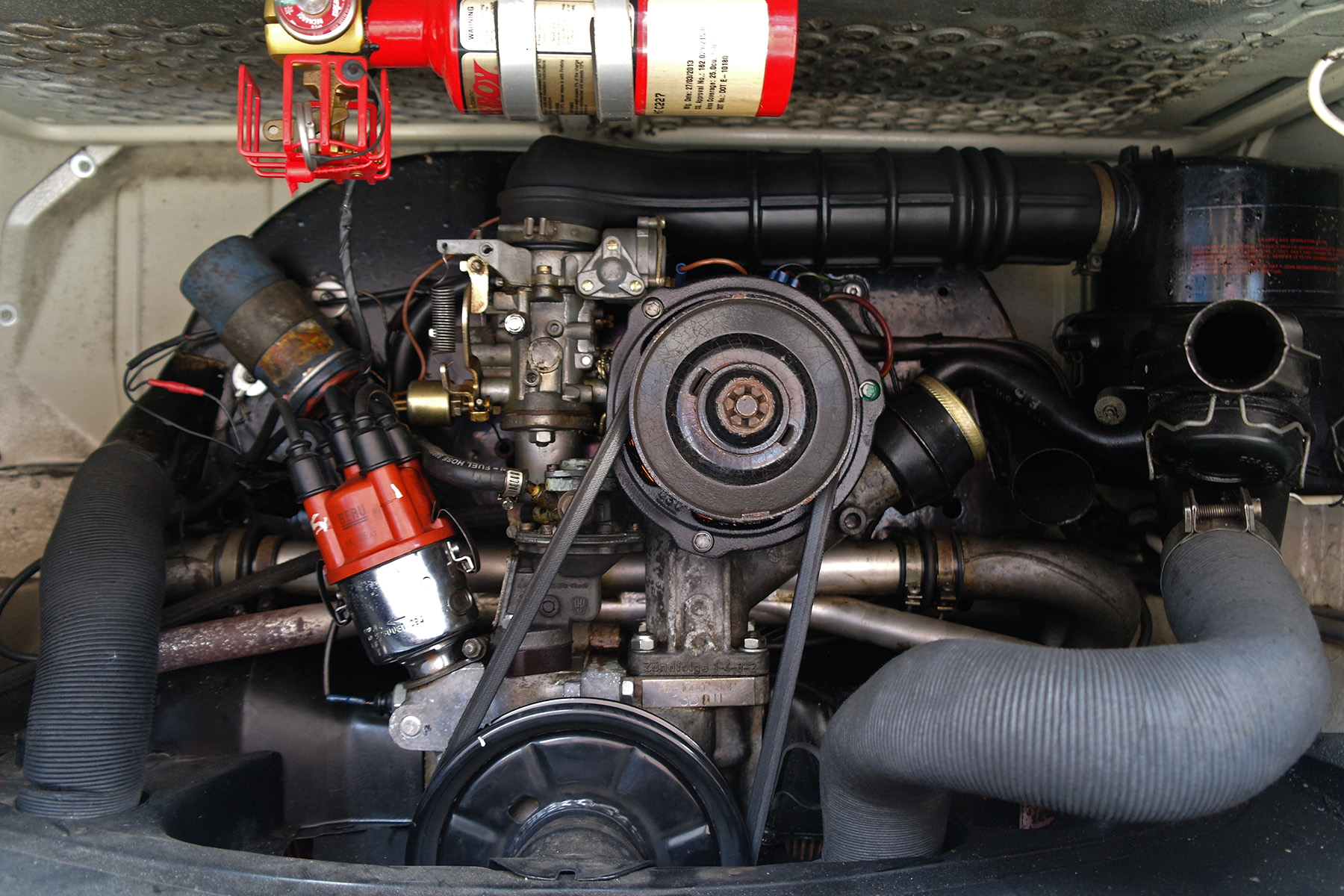
Four main engines powered the Bay Window Type 2 and, as with the Beetle and other contemporary Volkswagens, a programme of steady improvements saw worthwhile changes throughout the Type 2’s life. Early Type 2s used the Beetle’s 1600cc ‘upright’ four-cylinder air-cooled unit.
Updates in 1972 saw the twin-carburettor 66hp 1.7-litre flat-four ‘pancake’ engine – so-called because it lays flat rather than upright in the engine bay – fitted into the van, while a year later, a 68bhp 1.8-litre unit became an option. Finally, a 70bhp 2.0-litre version of the same Type 4 saloon engine was made available.
Should you come across a Type ‘2c’ Brazilian or Mexican model built from 1995 to 2013, these were fitted with modern water-cooled Volkswagen engines, including a 1.4-litre unit from the Polo that can run on petrol or ethanol.
What’s it like to drive?
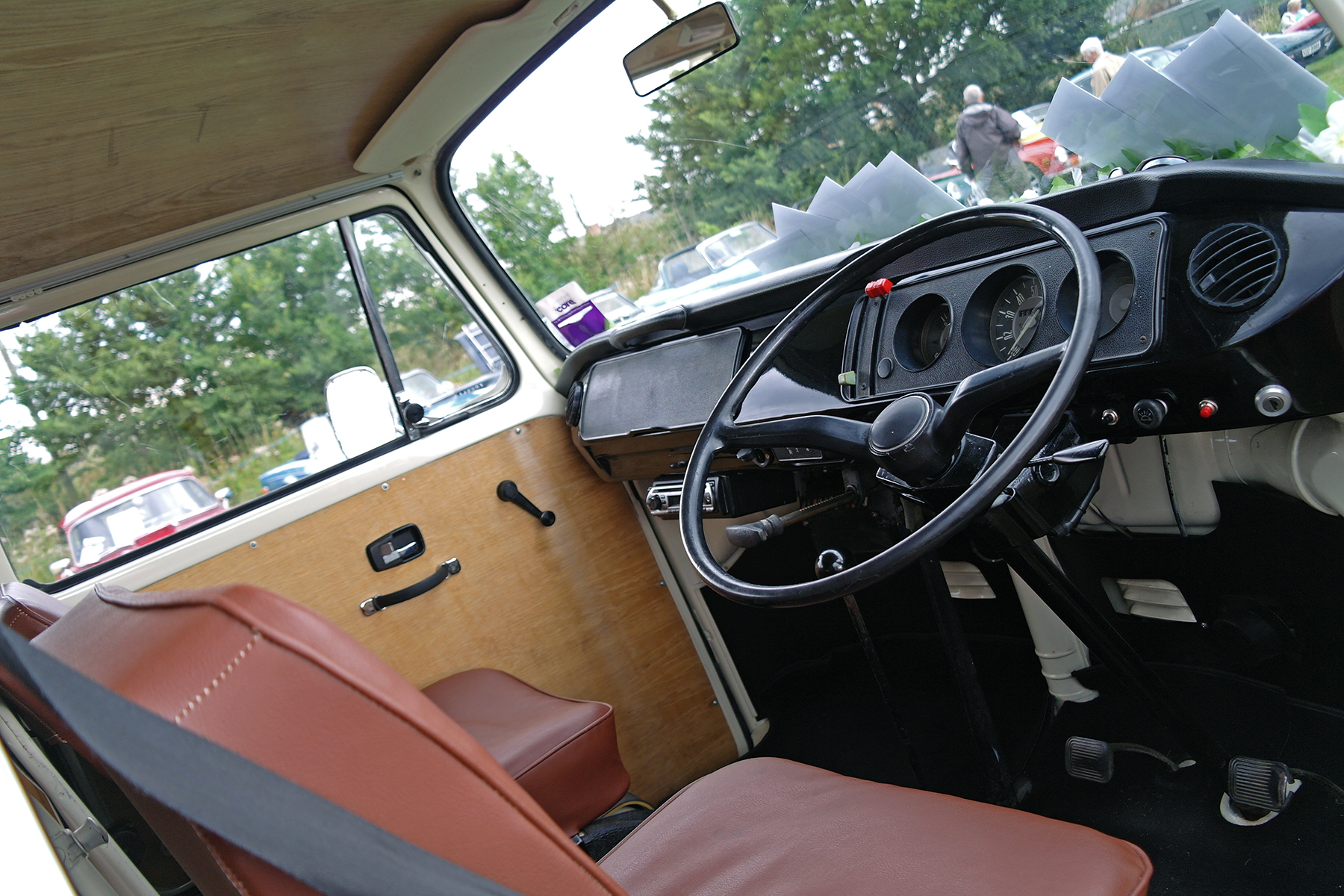
If you’ve any ideas about camper vans and speed, best abandon them here. The 1974 Westfalia-converted van in our pictures is powered by the 1.6-litre 50hp flat-four – and this small output engine combined with a 1,300-1,500kg kerb weight do not make for performance bedfellows. Don’t bank on going over 50mph either: just accept the bumbling nature of the Type 2 and you’ll be fine. Oh, and be prepared to pull over to let traffic pass you. Regularly.
Grip the skinny steering wheel – bus-like, unsurprisingly – and revel in the upright driving position. Once you’re on the move, be slow with the wand-like gearstick. It’s not the most positive of shifts, although with only four speeds, at least there are only a small number to master. The brakes are what you might expect of a vehicle largely based on the Beetle: they do stop you, but you have to think ahead. At least the off-beat throb of the air-cooled engine is a satisfying and archetypal soundtrack.
Depending on the conversion, visibility is either good or bad. Classed as one of the best and prestigious Type 2 camper conversions, the Westfalia comes with a range of neatly installed cupboards and furniture. However, while they make it hugely practical, they restrict your rearward vision somewhat. Other conversions feature storage units below window height, making parking much easier.
Reliability and running costs
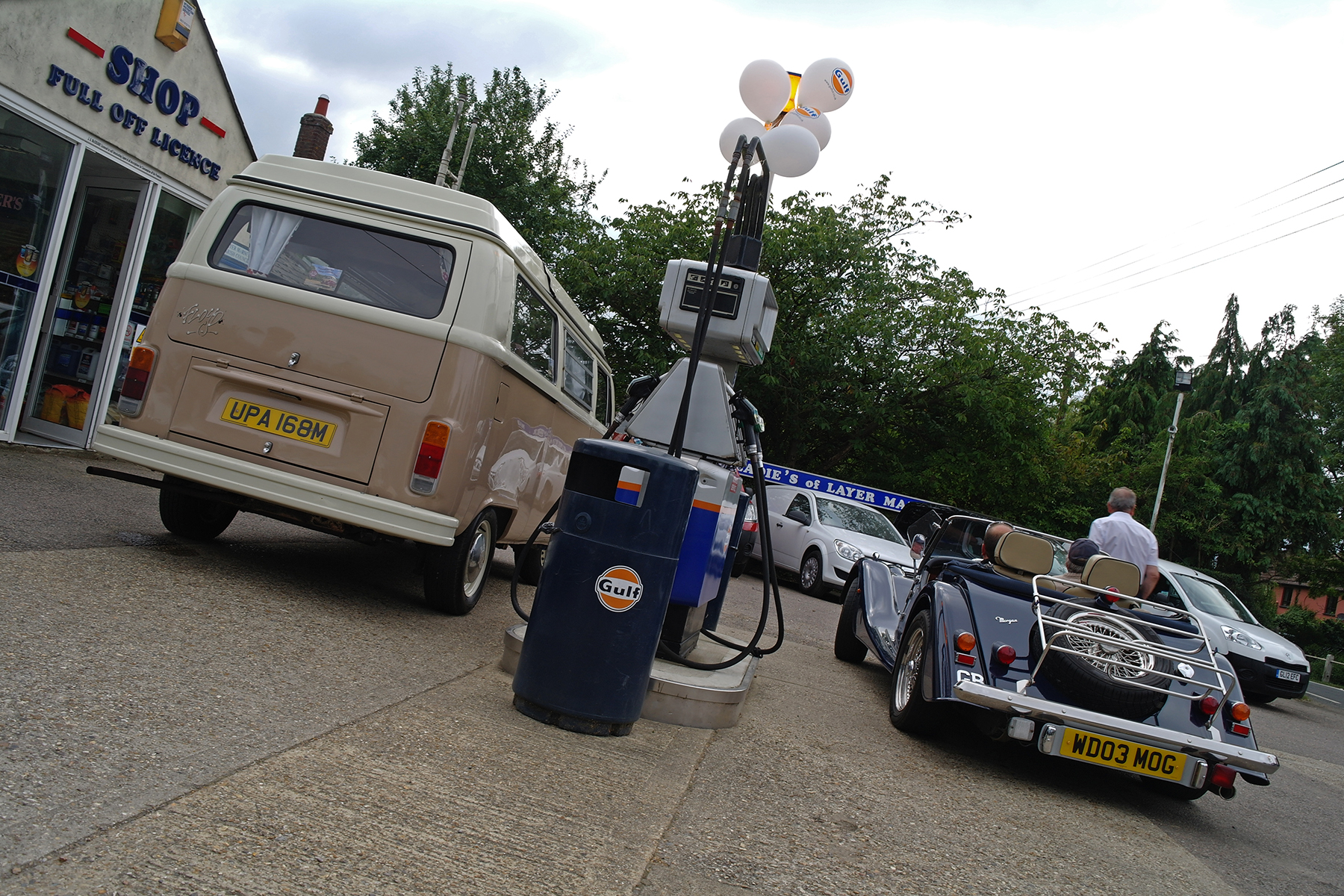
With most versions of the Bay Window Type 2 campervan being over 40 years old, reliability can be an issue. Batteries can drain if left standing for long periods of time, while the engine isn’t the easiest of units to get to, being effectively stuck in a fairly tight box under the back window.
On the plus side, the age of the Type 2 makes it relatively simple, and shared commonality with other Volkswagen models results in plenty of spare parts available from places like Just Kampers and VW Heritage. In regular use, expect fuel economy to top out at around 25 miles per gallon. A reconditioned air-cooled engine costs from £2,100.
Could I drive it every day?
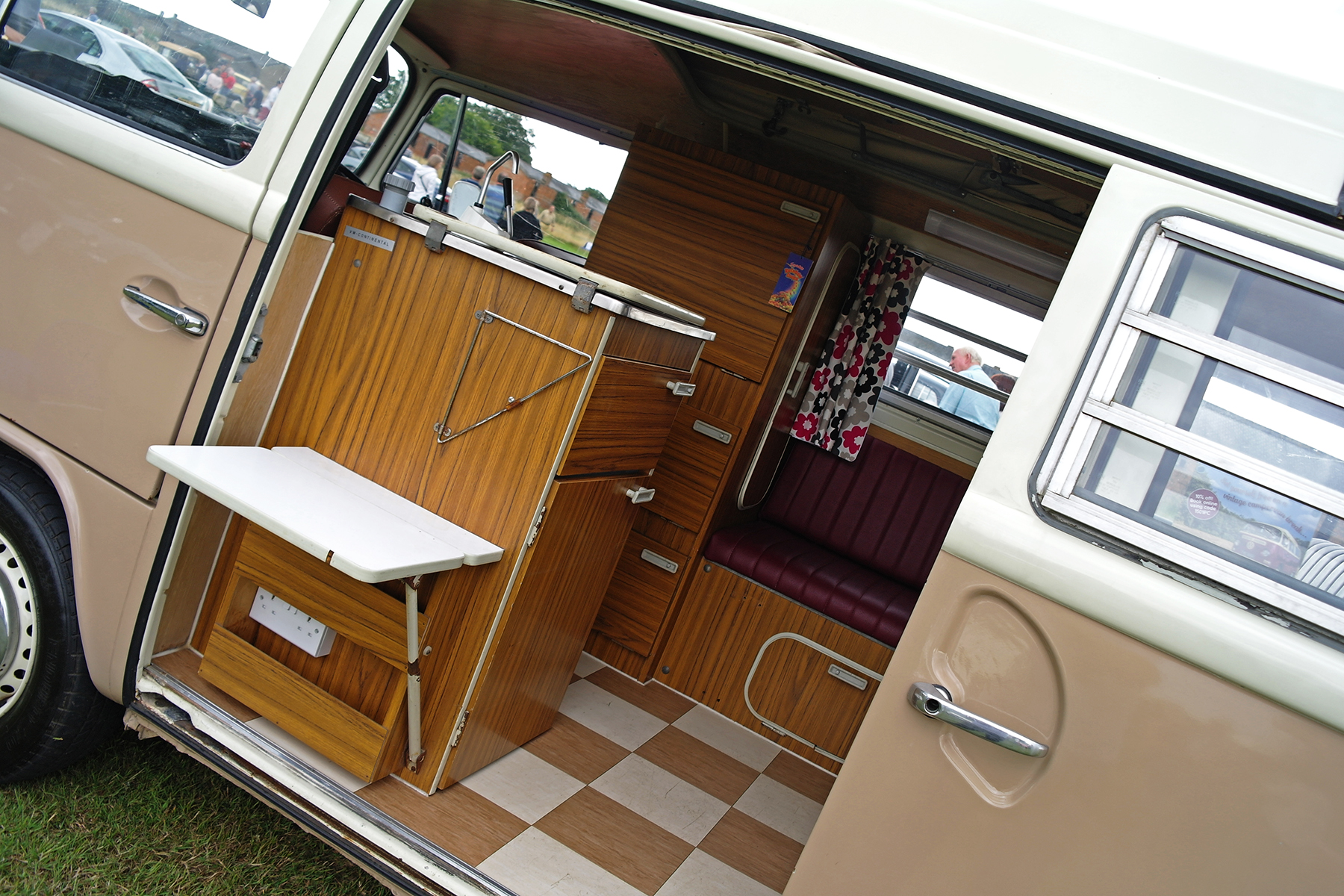
The original Type 2’s leisurely pace and old-feeling controls really limit it to country roads rather than fast-flowing motorways. But don’t get too carried away on those leafy lanes – it doesn’t really handle as such, just charmingly lollops from corner to corner.
The boxy shape means it is very practical, though, and you can pack in everything a family would need for a weekend away. As well as the numerous storage units, sink, hob and fridge, there’s also a ‘rock ’n’ roll’ fold-down bed, and, on this particular Westfalia, an elevating roof with additional sleeping space for two. Perfect for adventurous kids.
How much should I pay?
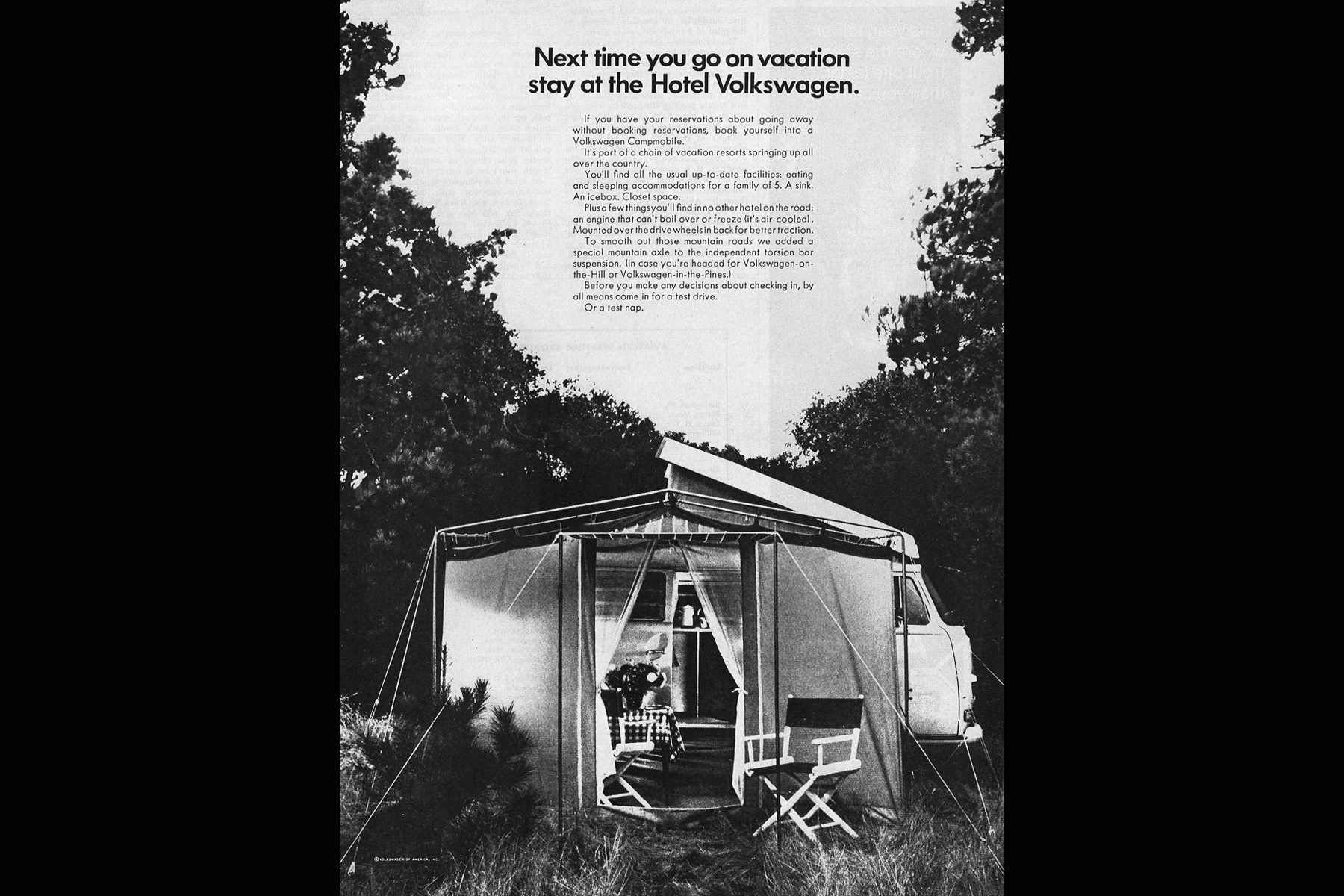
The popularity and increasing rarity of the earlier split-screen Type 2s has inflated prices to £50,000 or more. Therefore, the Bay Window Type 2 is a much more affordable buying option. We’ve seen a project van go for around £2,500, while good, presentable vehicles are advertised at £8,000 upwards.
Absolute top condition Type 2 ‘Bays’ can also stretch to £50,000, but many are less than half that amount If you fancy something a little more usable, but still with 1970s style, water-cooled South American-import Type ‘2c’ campers can start from around £30,000.
What should I look out for?
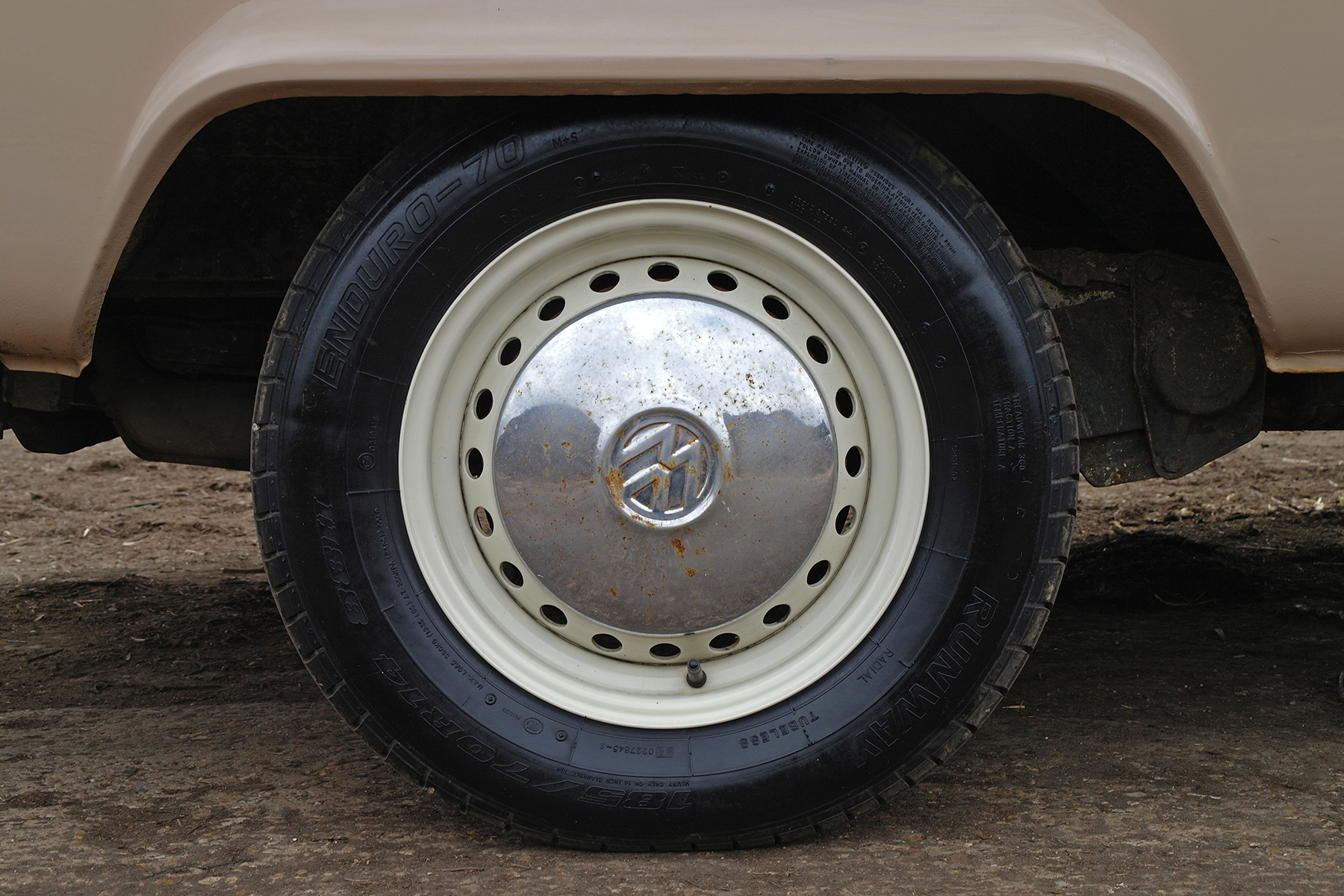
Bay Window Type 2 campervans fall into three models: Type ‘2a’ curved bumper models were built before 1972, while the Type ‘2b’ vans that followed are distinguished by their flat and square box-type bumpers. Type ‘2c’ vehicles are the later and pricier South American-built van with more modern, often water-cooled engines. If you’re considering going down the VW camper route, the most important thing to look out for is rust.
The bottom six inches of the van needs particular attention, especially around the wheelarches, chassis box sections and sills. Higher up, roof gutters can also be susceptible to the tin worm, as can the areas behind the front seats inside the van. Also look for perishing seals and non-rippled panels on those slabby sides.
Mechanically, oil leaks around the gearbox flange usually mean the engine has to be removed to fix a worn rear crankshaft seal, while bearings in the gearboxes themselves are known to whine. Also, move the crankshaft pulley forwards and backwards to gauge movement – if it seems loose with plenty play, there is probably internal bearing wear and the engine will need rebuilding. Check the steering for play, too.
Heaters and controls that appear to not work can mean new heat exchangers, and you may need to wrap up warm, as some T2 campers have no or little heating at all. The standard system is renowned for its inefficiency, as the warm air from the engine has to find its way to the front of the van. Aftermarket auxiliary petrol heaters can be fitted, and these will need to be checked for operation. A petrol smell points to worn-out rubber pipes, while fuel tanks can also rust through.
Also, look out for a 12V model as opposed to a 6V van, as the more powerful electrical system is more reliable, as well as obviously being more comfortable and useful. On the subject of electrics, try to ascertain whether all the necessary and desirable camping ancillaries, such as the fridge, are working, and check the state of the leisure battery (a secondary battery to power all the interior appliances and/or auxiliary heating systems).
If a pop-top or elevating roof is fitted, check the canvas isn’t torn or full of mould, and that it works properly and has all the necessary fly screens to keep the great outdoors outside.
Should I buy one?
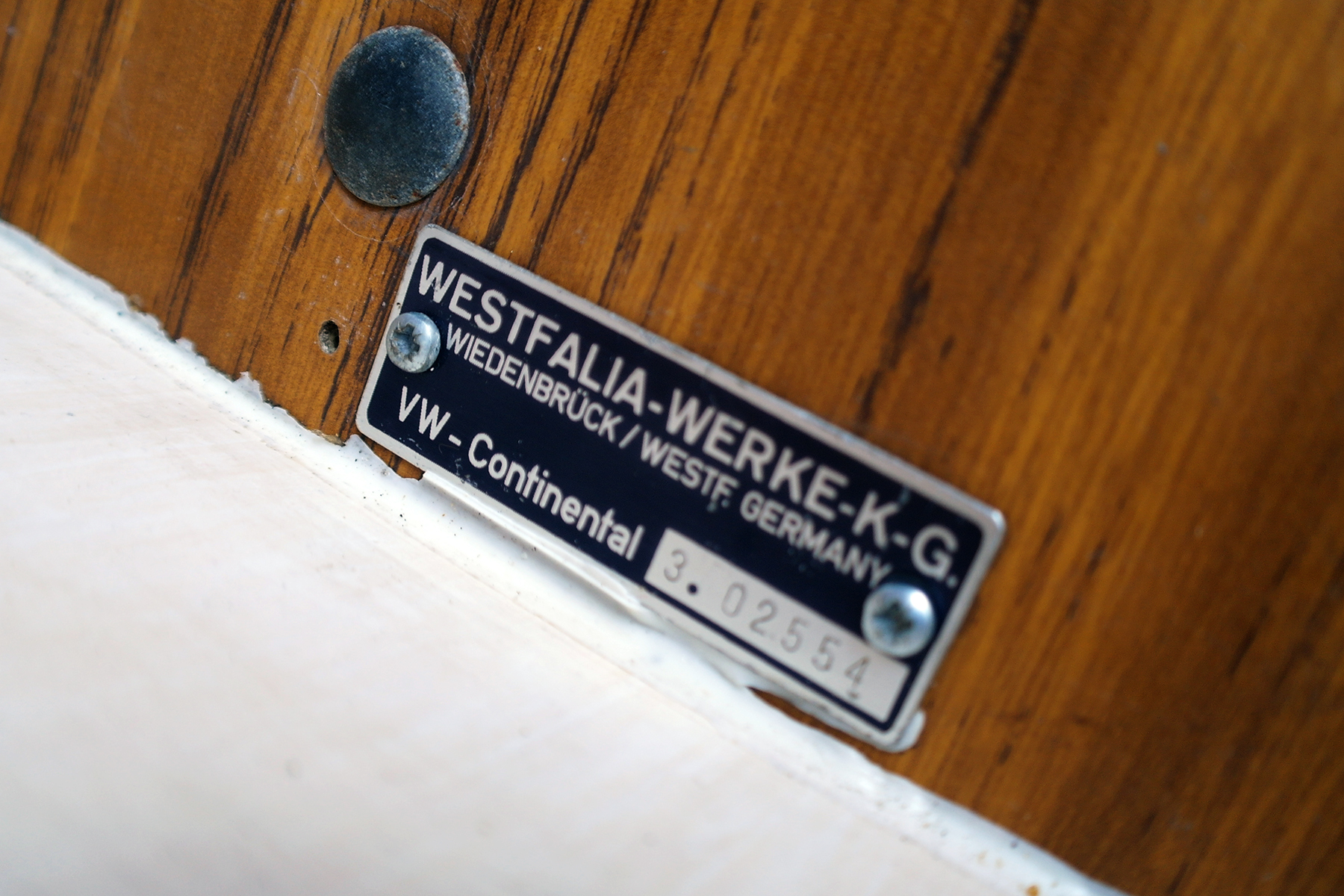
We wouldn’t call the Volkswagen Type 2 campervan a starter classic, as there is a lot to look out for. However, as a practical and characterful drive, then yes, there is plenty to recommend it. Most love the looks alone, and the fact that Volkswagen made the Type 2 almost indestructible means that most will last for years if looked after and given a little bit of TLC now and then. Devon, Dormobile, Holdsworth and Westfalia are but four conversions, the latter being the most coveted in T2 campervan circles due to its nicely finished and practical built-in cupboards and fittings.
The rarer Viking has the crowning glory of all the elevating roof campervans, though, with the largest room up top. Up to six people can sleep in a Viking, as opposed to four in a Westfalia. Much more comfortable than a tent, with a Type 2 you really can take everything, including the kitchen sink. And as with most other cult classics, an enthusiastic club scene of Type 2 owners will be both helpful and social in equal measure.
Pub fact
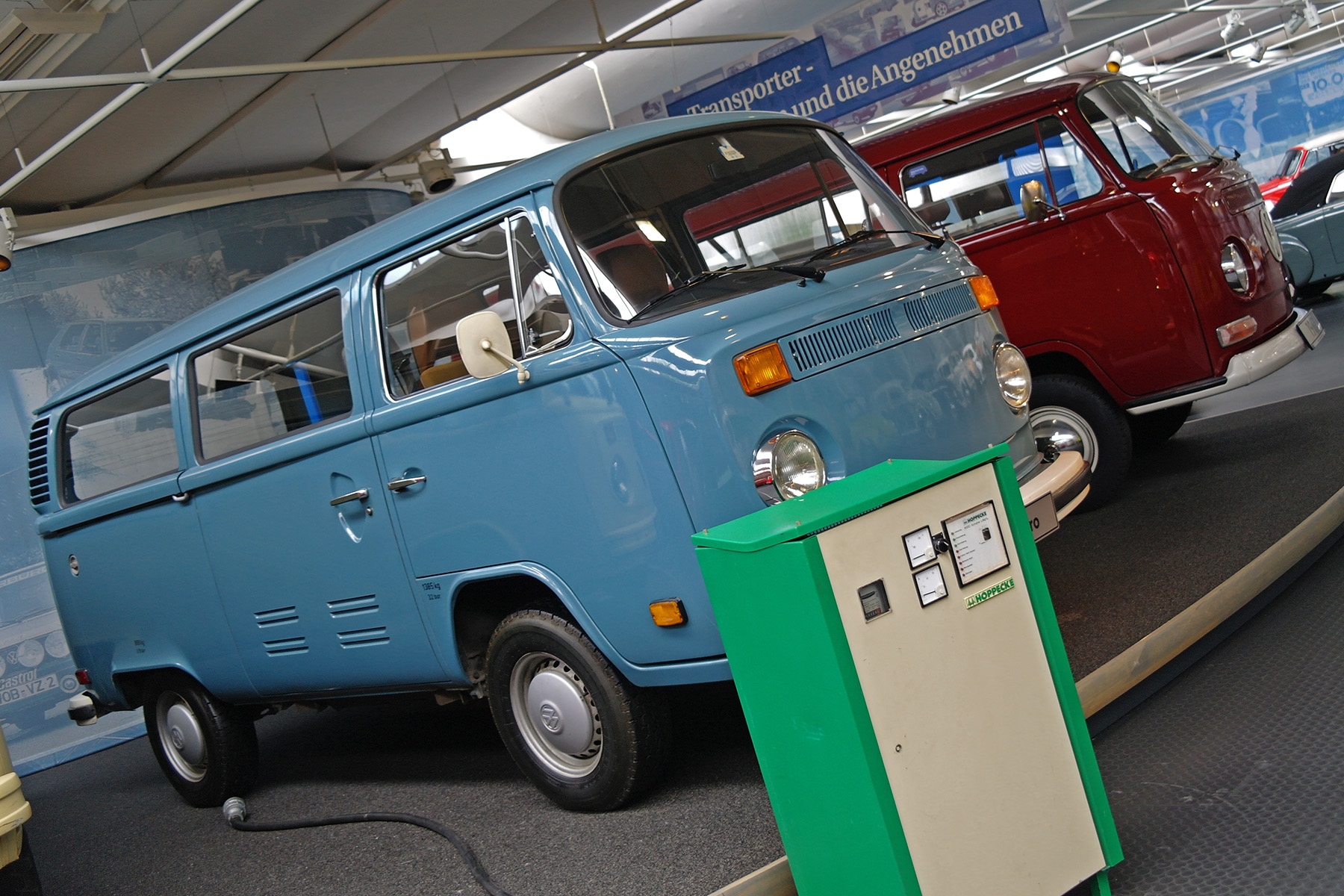
In the early 1970s, Volkswagen started to experiment with electric vehicles. The T2 Elektro was powered by a 23hp continuous output electric motor. With a peak output of 45hp, projected range was 50 miles. Astonishingly, around 150 were built.
Inside, an 850kg bank of lead-acid batteries was sandwiched between the cargo floor and the chassis, in the middle of the front and rear axles. The van had a kerb weight of approximately 3,075kg and whirred onto a top speed of 46 mph – such concerns as 0-60mph times don’t apply here.
Planned for use in urban areas, the T2 Elektro featured modern-day electric car technology, such as regenerative braking and a single-speed direct drive transmission. Prototype hybrid and even gas turbine variants of the T2 also tested new Volkswagen technology.
ALSO READ:
1982 Mercedes-Benz W123 review: Retro Road Test


